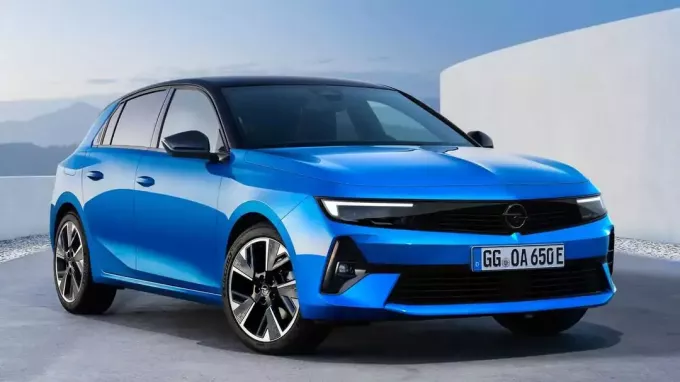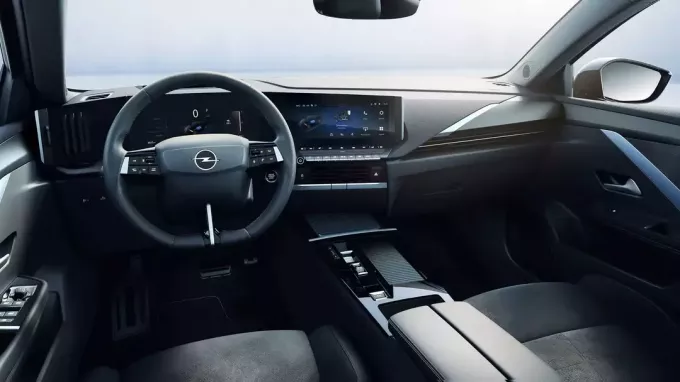Opel, which is a subsidiary of GM on the European continent, announced that it is already in production the New Electric Astra! It is a retelling of the motorsport classic that was quite successful from the 1990s onwards and was marketed here in Brazil. Now, the vehicle comes in an electric format, but that is not the only novelty.
Read more: These Swedish cars will soon be worth a fortune; know why
see more
How to get your CNH for free in 2023?
After hacker attacks, Microsoft releases free tools for…
Main changes in the New Astra
There were not many changes to the exterior of the new Astra, with the exception of the change made to the front grille, which underwent an adaptation to have less visible air vents. Similarly, the interior of the vehicle does not undergo major changes, but will have a multimedia panel and an instrument panel, both of which are 10 inches.

With the changes, it will be possible to issue voice controls to the vehicle in order to command the entertainment systems. This is just one example of the state-of-the-art technology that the New Astra will feature. In addition, we also highlight safety measures, such as a tool for keeping and changing lanes and automated emergency braking.

In this case, the main changes will be in the engine of the New Electric Astra, which will have 156 horsepower instead of 140 of the original version. Not to mention the 28 kgfm of torque, while the maximum speed will be 170 km per hour, in addition to the battery with a capacity of 54 kWh, responsible for giving the car a range of up to 416 km.
Forecast for launch
The initial forecast is that the vehicle will only be released at the end of the first half of 2023, however, it should be exclusive to the European market, at least for now. This is because the automaker has not announced whether the new model will be sold in the Americas and in particular for the Brazilian consumer public.
However, it is worth mentioning that the Astra was initially sold in Europe and then imported from Belgium to Brazil in the early 1990s. However, in the last decade of the 20th century, production began on Brazilian soil, which lasted until 2011.


